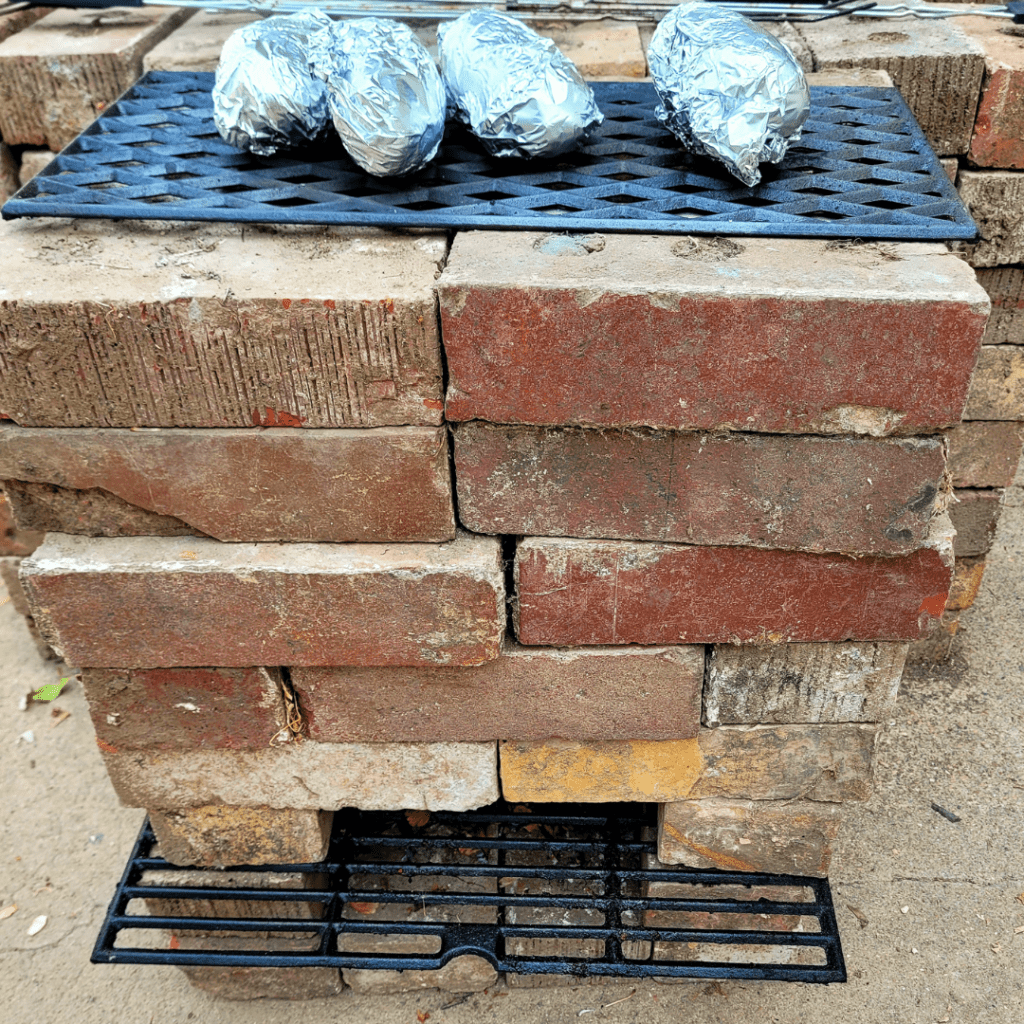Testing your home with a 1-day no power survival challenge is one of the smartest ways to uncover gaps in your emergency preparedness plan. From realizing how much water you actually use, to identifying which backup systems really work (and which don’t), this hands-on experience can highlight what needs improvement before a real outage strikes.
It’s a simple yet powerful way to build confidence, improve your setup, and ensure your family is ready for anything.
In today’s unpredictable world, I’ve realized how important it is to be ready for emergencies that could turn daily life upside down. One of the best ways I’ve found to boost my preparedness is by doing a 1-Day No Power Survival Challenge. It’s an eye-opening experience that helps me understand what really works in my home—and what doesn’t—when the power goes out.
In this article, I’ll share the benefits I’ve discovered from trying this challenge and how it’s helped me strengthen my emergency plan. From prepping in advance to evaluating and improving my resources, I’ve uncovered simple but powerful strategies for getting through unexpected outages. If you’re serious about protecting your home and the people you love, I challenge you to give it a try—you might be surprised by what you learn about your home and your preparedenss!
This is a pinnable post. Tap or hover over any image in this post to pin to your Pinterest Boards.
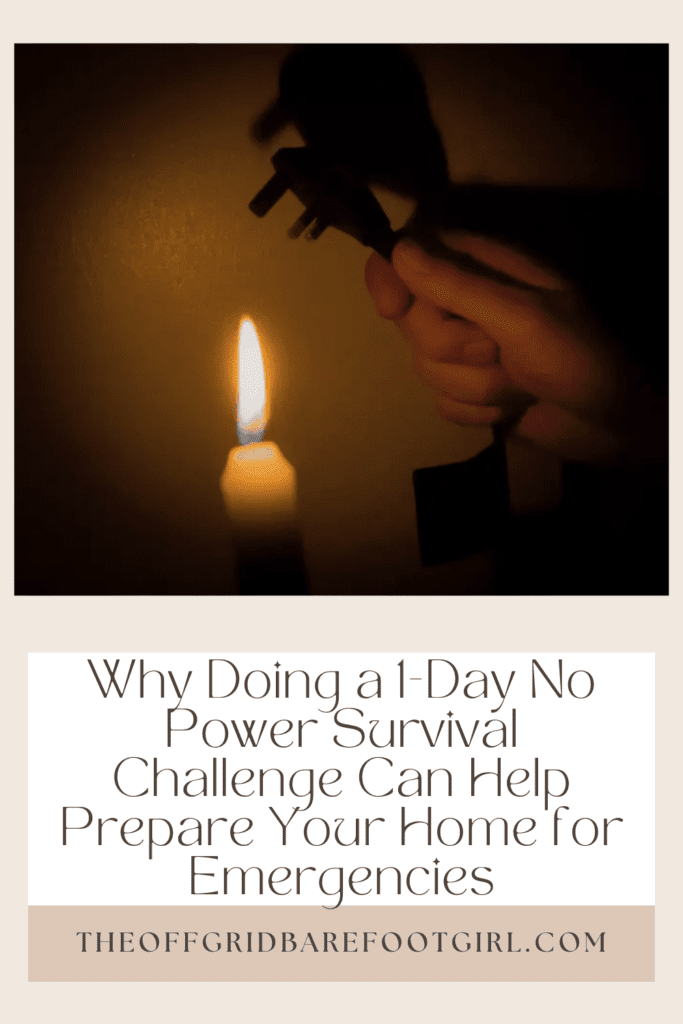
Introduction: Understanding the Importance of Emergency Preparedness at Home
The Growing Need for Home Emergency Preparedness
In a world where anything can happen, I’ve learned how important it is to be prepared for emergencies, especially in my own home. Whether it’s a natural disaster like a hurricane or earthquake, or something as simple (yet disruptive) as a power outage, having a solid emergency plan can make all the difference. With everything going on in the world these days, I’ve realized that home emergency preparedness isn’t just a good idea—it’s essential.
I can’t count how many times I’ve been caught off guard when the power suddenly went out. No warning, no plan, just me scrambling to find flashlights, ice, batteries—whatever I thought might help. I’ve rushed to the store along with everyone else, only to find the shelves already wiped clean. No coolers, no ice, no batteries—nothing. That’s when it hit me: I was completely unprepared.
The sinking feeling of sitting in a dark, quiet house, realizing I didn’t have a way to preserve food or keep the lights on—it’s something I won’t forget. I’ve had to throw out entire freezers full of food, all because I didn’t have the right supplies on hand. It was a wake-up call, and it made me rethink everything about how I prepare for emergencies.
Why It’s Important to Do This No Power Survival Challenge
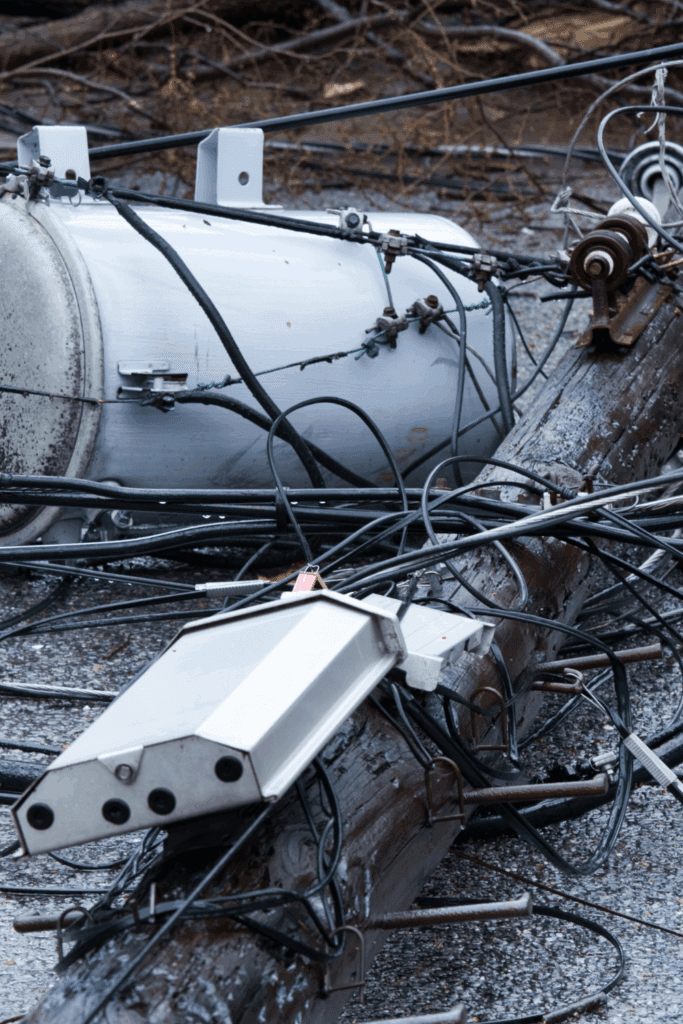
Doing this no power survival challenge will help you know what emergency supplies and tactics your home is missing. You will learn more about your home and survival needs without power, and how to improve or what you need to have prepared. You will learn just how dependent you really are on power and how much you use power in almost every daily activity.
When you go camping, you often realize that you have forgotten to pack important things. When you turn off your home’s power for a day, you will be able to make notes of items you need to supply to survive and thrive without power in a real emergency.
This is a bit different than camping because in the outdoors, you already know you will be without power in most cases, depending on how rough you go. However, inside your home is a bit different. You expect things to work and be comfortable, and you will realize how much you depend on power.
With this challenge, you will be able to improve and supply your home with emergency supplies in various areas of your home. It is best to take on this challenge during each season of the year, as each seasonal weather will permit different ways to be prepared.
Turn off the Master Switch on the Fuse Breaker
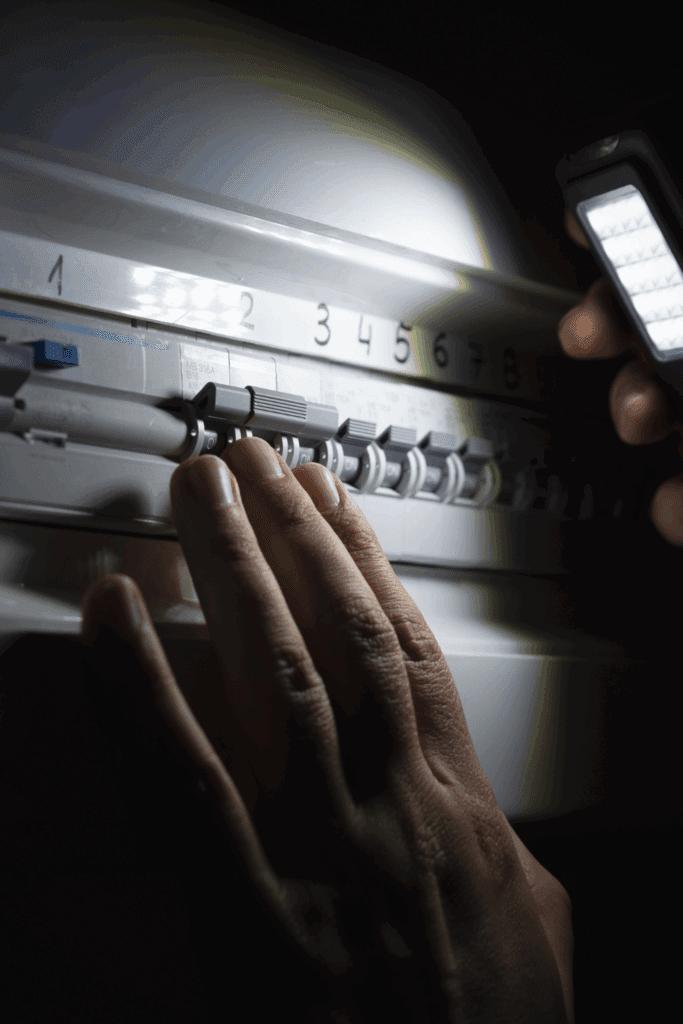
To begin this challenge, choose a day that you will be home all day and flip the master switch breaker in your fuse box. For any reason, you may need to flip back on you can. Flip the breakers off in your home first thing in the early morning, and learn about how to improve your power outage supplies in your home throughout the rest of the day.
This challenge may become uncomfortable as you will lose the comforts of your home with lights, heating and air, food preservation, cooking, and entertainment.
Be sure to do this challenge if you are prepared to preserve your expensive foods safely in another way, or when you are low on freezer space. While this challenge is meant for you to be more prepared to save your freezer and refrigerator foods, you do not want to purposely spoil your goods. However, be sure to have a backup plan for food preservation methods for a real emergency.
By doing this, you will come to realize what items you need to supply to quickly save your freezer foods, heat or cool your home, cooking methods, and lighting sources. You will discover all the areas you need to provide lighting and emergency batteries, and LED candles, lanterns, and flashlights. You want to be able to easily and readily find all of your emergency items without any issues.
Make a Survival Supplies and Equipment List for Your No Power Survival Challenge
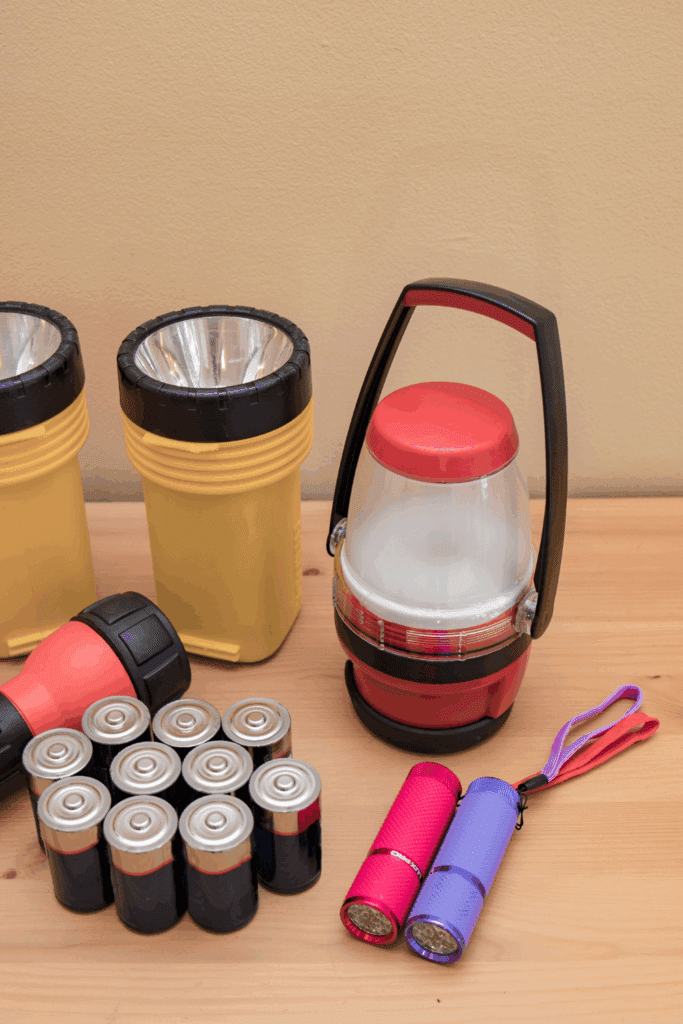
Keep a pen and notepad with you as you go about your day, and take notes on what supplies you will need to obtain to improve your next real power outage. Go through each room and take note of what you will need to keep in each of those rooms to be better prepared.
Perhaps your bathrooms need an LED lantern kept away in the cupboards or tucked in a corner with an extra supply of batteries. Maybe keep a few jugs of water to use for emergencies that are stored under the sink.
A clothesline stowed away could come in handy when you need to wash and dry clothes, towels, or cleaning cloths. I keep a high clothesline hanging in my basement for things I do not want to toss in the dryer, so I know my clothesline will always be ready for me to use for emergencies.
You may want to keep a spare room stocked with extra coolers, canned foods, stored water, extra batteries, flashlights, medical supplies, blankets, winter clothing, and any other supplies you may need. You may not know what you will need until you are in the middle of completing this challenge, so brave the dark, take notes, and become better prepared to fortify your home to comfortably survive the next power outage.
Consider building a 72-hour survival kit to keep in your pantry or closet. You may find it comes in handy to help you and your family get through the next power outage more comfortably. To learn more about how to build a 72-hour survival kit, read more about them in my other posts.
- What Should Be in A 72-Hour Survival Kit
- What Do Doomsday Preppers Stock? Prep Like a Prepper Now
- Buy or Die: Prepper Items You Need Now
- How to Build a No-Fail Fire Starter Survival Kit
- Wood Burning Stoves for Off Grid Survival: My Top 5: This Is What Preppers Do
Developing Resilience and Resourcefulness
With no electricity to rely on, it’s time to put your resilience and resourcefulness to the test. To conquer this day, first things first – make sure you have a plan. Assess your immediate needs like water and food, and devise a strategy accordingly. Search for alternative sources of energy, such as solar-powered chargers or gas stoves, if available. For sustenance, turn to non-perishable foods like canned goods or snacks that don’t require refrigeration.
Embrace natural light during the day and gather essentials by venturing out when daylight is at its peak, making sanitary precautions a priority while doing so. Stay mentally strong throughout the day by finding ways to entertain yourself without technology – bring out those dusty board games or engage in conversations with family or friends – it’s all about relying on each other and fostering meaningful connections during these challenging times. Remember, staying calm, organized, and innovative will help you conquer any obstacle that comes your way!
Building a Survival Pantry
I have been building a survival pantry in the basement of our brick home under the staircase. My survival pantry is a closed-off squared room that will be full of shelves that run all the way under the staircase. It will have no sunlight and store all of our prepped items for survival. This will always be a work-in-progress type of project for me.
While storing the majority of your supplies in one room, it is still a good idea to store supplies all around your home in all rooms. What if a tree fell on the room where all of your items were kept? Well, it is still a good idea to have supplies in each room so you are better prepared and not shopping in your supply room in the dark. You will find that you will be more comfortable and remain at ease if each of your rooms is well-stocked for emergencies you may face in your home.
Identifying Weaknesses in Your Emergency
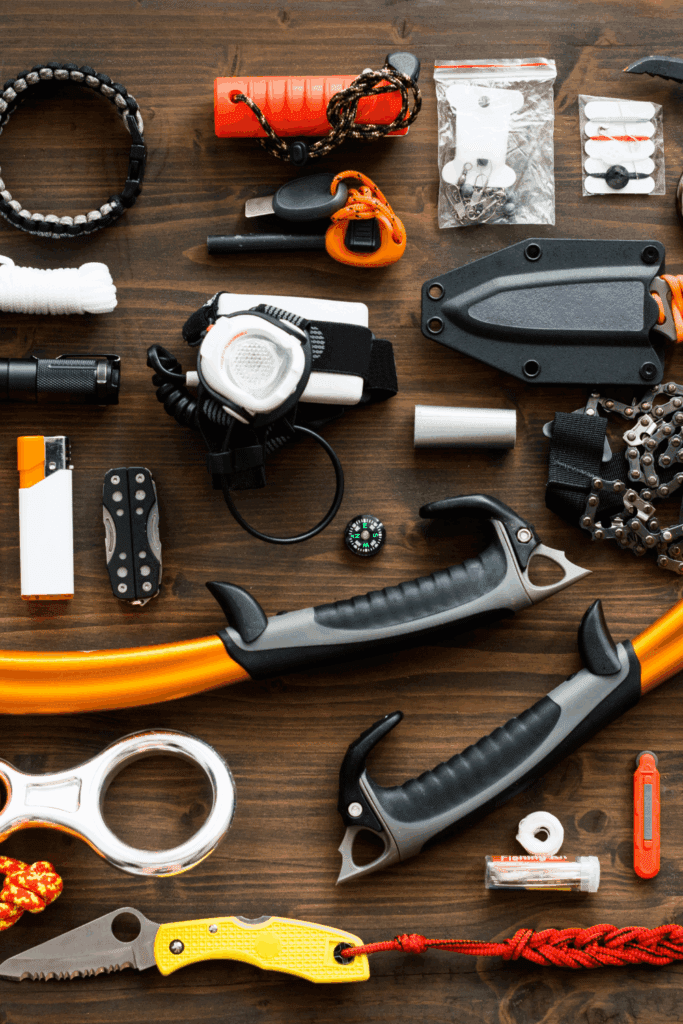
Preparedness Plan
While brainstorming and planning for emergencies is a great start, putting your plans into action is where the real learning happens. That’s where the 1-Day No Power Survival Challenge comes in handy. By simulating a power outage situation for just one day, you push yourself to adapt and find creative solutions to everyday problems without relying on electricity. This challenge helps you develop resilience and resourcefulness, skills that are key in a genuine emergency scenario. Moreover, it allows you to identify any weaknesses in your emergency preparedness plan. You might uncover gaps, overlooked items, or areas where your plan needs improvement. It’s all better discovered during a fun challenge than in the midst of a real crisis!
Setting the Stage: Planning and Preparing for the Challenge
Assessing Your Home’s Vulnerabilities
Before embarking on your 1-Day No Power Survival Challenge, it’s important to assess your home’s vulnerabilities. Take note of potential weak points, such as areas susceptible to flooding, lack of alternative light sources, or limited access to clean water. Once you’ve identified these vulnerabilities, you can create a comprehensive emergency preparedness checklist. This checklist should include essential supplies such as non-perishable food, water, flashlights, batteries, and a first aid kit. Don’t forget about entertainment options like board games or books to keep yourself occupied during the challenge!
Creating a Comprehensive Emergency Preparedness Checklist
Creating a comprehensive emergency preparedness checklist is absolutely essential for any and every individual. I mean, you never know when disaster might strike, right? First things first, take some time to research the potential risks and hazards in your area – that way you can tailor your checklist accordingly. It’s crucial to include all the basics like food and water supplies, medication, first aid kits, flashlights with extra batteries…you get the idea. But don’t forget about important documents too – passports, driver’s licenses, insurance policies – keep copies stored safely. And hey, it’s not just about things you need, but also having an emergency communication plan with family or friends. Have a designated meeting point or create a group chat for updates during unplanned events. Remember to regularly review and update your checklist because circumstances change, amirite?
Surviving Without Power: Essential Tips and Strategies
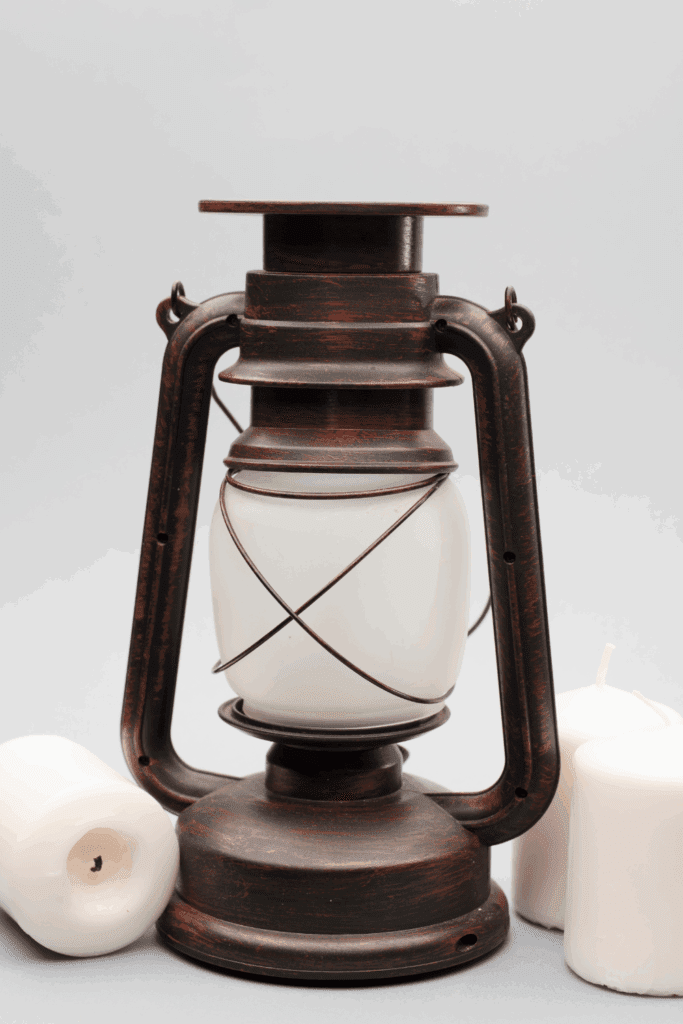
Establishing Backup Communication Channels
During the 1-Day No Power Survival Challenge, it’s essential to establish backup communication channels. Keep a battery-powered radio or portable charger for your phone handy, ensuring you can stay informed and reach out for help if needed. Safely managing food and water supplies is also crucial. Avoid opening your fridge or freezer frequently to prevent food spoilage, and have a backup plan for cooking meals without electricity. Additionally, maintaining comfort and temperature control is important. Dress in layers to adjust your body temperature, use blankets or sleeping bags for warmth, and if weather permits, open windows for ventilation. Remember, surviving without power is all about being adaptable and resourceful!
Safely Managing Food and Water Supplies
Focus on perishable items in your fridge and freezer. Devour them early on or cook them up to prevent spoilage. Get crafty with alternative cooking methods like camping stoves or even making a makeshift oven out of clay pots and charcoal briquettes. Now let’s talk hydration – stockpile enough water to hydrate yourself for the day. Get creative with storage; fill up containers, bathtubs, basically anything that can hold H2O. Prioritize non-perishable foods like canned goods and energy-dense snacks that will keep hunger at bay throughout the day. Remember to ration wisely – portion control is key! With these nifty tricks under your belt, no power? No problem!
Maintaining Comfort and Temperature Control
Start by keeping your windows shut during the day to prevent hot air from creeping in. As night falls, crack open the windows to allow for cooler air circulation. Next up, I’ve got comfort covered. Dress appropriately for the weather – layer up if it’s chilly or opt for breathable clothing if it’s warm outside. Utilize blankets or throws to add an extra cozy touch when needed. Additionally, grab some battery-powered fans to create a cool breeze indoors, or head outside in search of shade when things get too stuffy indoors. This way, even without power at your disposal, you can make sure your survival challenge remains comfortable and your temperature stays under control!
Evaluating and Improving Home Emergency Supplies and Resources
Reviewing and Restocking Essential Emergency Kits
So, you’ve survived a day without power and learned a thing or two about being prepared for emergencies. It’s time to take a look at your emergency kits and make sure they’re fully stocked and ready to go. That dusty old flashlight? Replace the batteries. The expired food in your emergency pantry? Toss it out and replace it with fresh supplies. Use this opportunity to make sure your emergency kits are up to date and ready for whatever may come your way.
Ensuring Adequate Power Backup Solutions
During your 24-hour power outage adventure, you may have realized just how important electricity is in our daily lives. Now is the perfect time to evaluate your power backup solutions. Do you have a generator that needs maintenance? Is your collection of power banks and solar chargers up to par? Take this chance to ensure that you have reliable backup power options in case of a longer-term outage. Trust me, you’ll thank yourself when the lights go out again.
Enhancing Safety Measures: Protecting Your Home and Loved Ones
Securing Your Home Against Potential Threats
While a 1-day power outage may not have brought out the zombies, it’s still a good reminder to assess the security of your home. Are your doors and windows sturdy? Do you have a functioning alarm system? Take some time to reinforce your home against potential threats. You never know when you might need that extra layer of protection.
Establishing Emergency Protocols and Evacuation Plans
During your survival challenge, did you stumble upon a potential flaw in your emergency protocols or evacuation plans? Maybe you realized that your designated meeting spot wasn’t as practical as you thought. Or perhaps you discovered that your emergency contact list is outdated. Now is the time to address these issues and establish clear, effective emergency protocols and evacuation plans. It’s always better to be proactive than reactive when it comes to protecting your loved ones.
Lessons Learned: Reflecting on the Experience and Making Necessary Adjustments
Analyzing Strengths and Weaknesses Revealed during the Challenge
You’ve completed the challenge, and now it’s time to reflect on your performance. What strengths did you display during the power outage? Maybe you were surprisingly resourceful or kept a level head in a stressful situation. On the flip side, what weaknesses did you uncover? Maybe your lack of knowledge in basic first aid became apparent or you realized you’re not as familiar with your home’s electrical system as you thought. Identify these strengths and weaknesses so you can address them and become even more prepared for future emergencies.
Implementing Changes for Enhanced Emergency Preparedness
Now that you’ve identified your strengths and weaknesses, it’s time to put those lessons into action. Did you discover that you need to brush up on your first-aid skills? Sign up for a course. Did you realize you rely too heavily on technology? Learn some old-school survival techniques. Use the insights gained during your 1-day challenge to make the necessary changes and improve your overall emergency preparedness. Trust me, you’ll feel much better knowing you’re ready to handle whatever comes your way.
Beyond the Challenge: Sustaining and Expanding Emergency Preparedness Efforts
Integrating Emergency Preparedness into Daily Life
Congratulations! You’ve survived the 1-day power outage challenge and made some positive changes. But don’t stop there. Make emergency preparedness a part of your daily life, not just a one-time event. Keep your emergency kits stocked, practice your evacuation plans, and stay informed about potential threats. By integrating emergency preparedness into your daily routine, you’ll ensure that you’re always ready for whatever curveball life throws at you.
Encouraging Community Preparedness and Collaboration
Lastly, don’t keep your newfound knowledge and preparedness all to yourself. Encourage your friends, family, and neighbors to take their own 1-day no-power survival challenge. Share your experiences and tips with them. Start conversations about emergency preparedness and foster a sense of community collaboration. Because when it comes to emergencies, a strong community is a resilient community.
So, are you ready to take on the challenge and start preparing your home for emergencies? Remember, it’s not just about surviving a 24-hour power outage—it’s about being proactive, ensuring your loved ones’ safety, and having the peace of mind that comes with being well-prepared. Get out there and show those emergencies who’s boss!
Non Electronic Entertainment for the WiFi Generation
If you are like me, you are raising kids in a WiFi generation. Once I told my teenage sons that I am older than Google and they looked at me like I was a dinosaur! I told them I grew up without Google and WiFi and how my room had zero WiFi and no Alexa! They looked shocked! It was pretty funny to see their expresions though!
Our home that they grew up in is very old and still had an unused phone jack box on the wall! One day as they grew older, I remember them finally asking us what that weird thing on the wall was that they seen untouched all their lives growing up in the home. Needless to say, we busted out a history lesson!
How are you going to entertain your family during this no power survival challenge? Head out to your garage, shed, or basement and dust off those old board games that you keep getting during the holidays and have yourself a good old fashioned game night with your family! Make it fun! Grab some chips and sodas and let the games begin! You can create some wonderful memories with your family while all the distractions of power is out! It’s only for one night so you all will survive…if you prepare your home just right!
Conclusion: Embrace Emergency Preparedness for a Secure Future
By engaging in a 1-Day No Power Survival Challenge and implementing the lessons learned, we can significantly enhance our home’s emergency preparedness. The experience helps us develop resilience, identify weaknesses in our plans, and strengthen our resourcefulness. Remember, emergency preparedness is an ongoing effort that requires regular evaluation, adjustments, and sustained commitment. Embrace the knowledge gained from this challenge and integrate it into your daily life, ensuring the safety and security of your home and loved ones. Together, let’s build a future where we are prepared for any emergency that may come our way.
Are you up for the challenge?
Test your preparedness and strengthen your survival skills by exploring The Complete Guide to Emergency Preparedness: Everything You Need to Thrive in Any Situation.
FAQ
1. How can participating in a 1-Day No Power Survival Challenge benefit my home’s emergency preparedness?
Engaging in a 1-Day No Power Survival Challenge allows you to simulate a power outage or emergency situation, giving you firsthand experience in navigating through such scenarios. This experience helps you identify vulnerabilities in your emergency preparedness plan and allows you to make necessary adjustments. It also helps develop resilience, resourcefulness, and problem-solving skills that can be invaluable during a real emergency.
2. What should I consider when planning and preparing for a 1-Day No Power Survival Challenge?
When planning for the challenge, it is important to assess your home’s vulnerabilities and potential risks. Take inventory of your emergency supplies, ensure you have backup power solutions and alternative communication channels, and establish a comprehensive emergency preparedness checklist. It is also crucial to inform family members or roommates about the challenge and collaborate on strategies for surviving without power.
3. How can I evaluate and improve my home’s emergency supplies and resources?
Evaluating your emergency supplies involves reviewing the contents of your emergency kits, checking expiration dates of food and medication, and restocking any depleted items. Additionally, consider investing in power backup solutions, such as generators or solar panels, to ensure a continuous power supply during emergencies. Regularly assess and update your emergency supplies to meet the needs of your household.
4. How can I sustain and expand my emergency preparedness efforts beyond the 1-Day No Power Survival Challenge?
To sustain your emergency preparedness efforts, integrate emergency preparedness into your daily life. Regularly review and update your emergency plans and supplies, refresh your knowledge of first aid and emergency procedures, and stay informed about potential risks in your area. Encourage your community to prioritize emergency preparedness and collaborate on initiatives such as neighborhood emergency response teams or communication networks.
Summary
I hope I have inspired you to prepare your home for your next power outage. We all know it will happen, but the real question is when and are we prepared enough to face it? Here are some other links you may be interested in reading!
What Do Doomsday Preppers Stock? Prep Like a Prepper Now
Buy or Die: Prepper Items You Need Now
How to Build a No-Fail Fire Starter Survival Kit
Wood Burning Stoves for Off Grid Survival: My Top 5: This Is What Preppers Do
Best 5 Tips for Living Off Grid
How My Family Survived a Category 4 Hurricane: Survival Tips
If you were encouraged by this post, I invite you to check out my FREE Printables Page for fun free printables, planners, and charts.
ENTER MY FREE Printables Page HERE
Blessings,
The Off Grid Barefoot Girl




